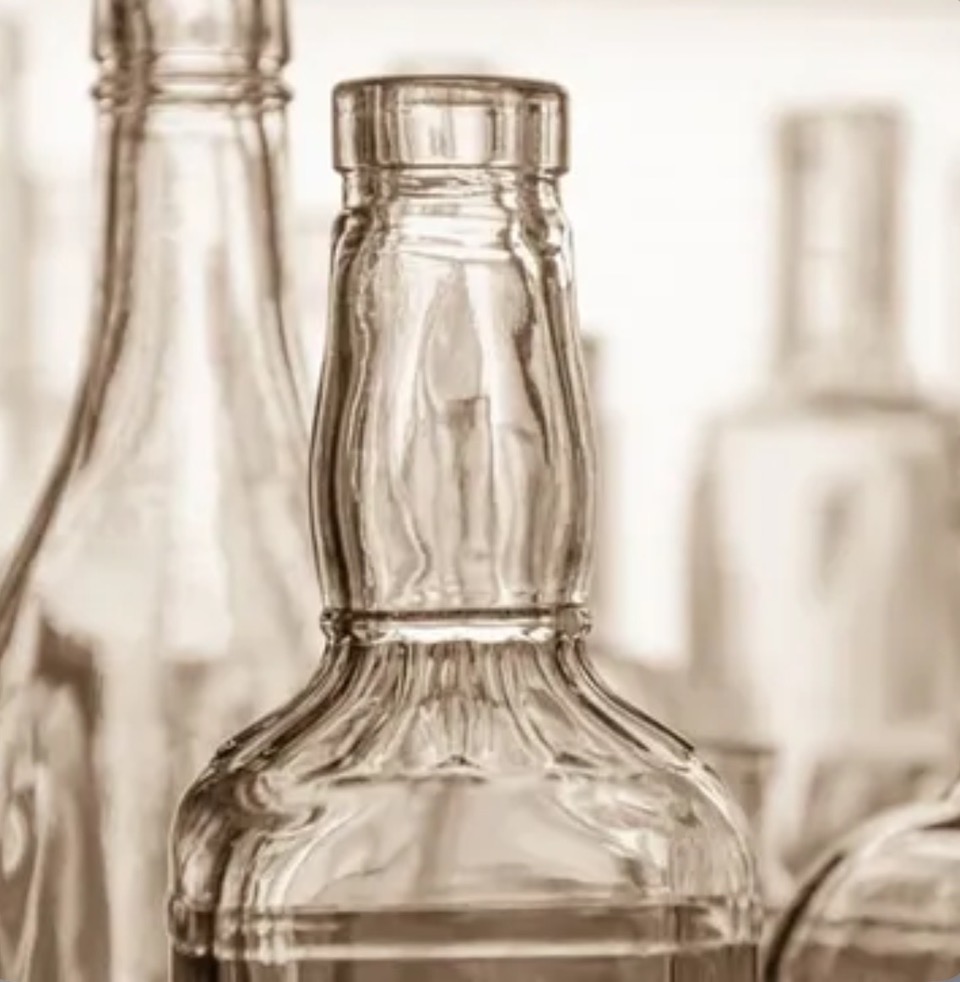A Behind-the-Scenes Look at Whiskey Bottles

When it comes to the perfect whiskey bottle, a lot more goes into it than most might realize. Beyond being mere containers, whiskey bottles are often designed to enhance the overall experience of the spirit they hold. With sustainability, branding, and craftsmanship in mind, glassmakers worldwide produce millions of whiskey bottles each year, supplying distilleries with a range of standard and custom designs. The bottle is often the brand’s first introduction to the consumer, making it a critical component. Here’s a behind-the-scenes look at where and how these bottles are made.
Key Whiskey Bottle Production Regions
United States
In the U.S., the glass industry has strong historical roots, with several glass manufacturers specializing in liquor bottles. Companies such as O-I Glass (Owens-Illinois), headquartered in Perrysburg, Ohio, and Ardagh Group, which operates plants in multiple states, are two of the largest producers of glass whiskey bottles in North America. These companies create bottles for major whiskey producers, using high-quality recycled glass in most of their production. Many American whiskey brands, particularly Kentucky and Tennessee distilleries, source their bottles locally to support the domestic industry and reduce transportation costs.
France
France is another significant player in the glass industry, with a reputation for quality and luxury in bottle manufacturing. French companies like Saverglass and Verallia have gained worldwide recognition for producing luxury glass bottles. While Saverglass is known for its premium whiskey and spirits bottles, Verallia supplies a range of high-quality glass bottles for brands across Europe and North America. The craftsmanship of French glassmakers, paired with state-of-the-art technology, makes France an essential hub for high-end whiskey bottle production.
United Kingdom
The United Kingdom is home to several renowned glass manufacturers that supply bottles to Scotch whiskey distilleries. Scottish bottle makers like Beatson Clark and Stölzle Glass Group cater to many brands, producing bottles with unique molds and characteristics. UK manufacturers understand the intricate needs of whiskey producers, especially in the Scotch industry, and offer both traditional designs and customized options that reflect each brand’s heritage.
Italy
Italy is known for its craftsmanship in various industries, including glass manufacturing. Vetri Speciali, based in Northern Italy, is well-regarded in the spirits industry for its custom designs and premium-quality glass bottles. Italian glassmakers often create bottles with unique, artisan designs, making them a popular choice for brands looking to stand out on the shelf.
Asia
China, Japan, and India are growing hubs for glass manufacturing, largely due to lower production costs and increasing demand. Chinese companies such as Shandong Huapeng Glass Co. produce bottles for both domestic and international markets, providing affordable options for many brands. In Japan, Nihon Yamamura Glass produces premium glassware, with a focus on the local whiskey industry. Meanwhile, India is quickly becoming a manufacturing center for more affordable glass bottles, catering mainly to the local market and some international brands.
The Bottle-Making Process: From Concept to Glass
The creation of a glass whiskey bottle involves several steps, blending art and tech:
Design & Mold
Making The first step is designing the bottle. Distilleries often collaborate closely with glass manufacturers to create custom bottles that represent their brand identity. Bottles that will stand out on a crowded shelf. Once a design is finalized, a mold is created, allowing manufacturers to shape the glass to the desired specifications.
Melting & Molding
Sand, soda ash, and limestone are melted together at extremely high temperatures to create molten glass. This glass is then poured into molds and formed into bottles. Advanced manufacturing plants now use precision technologies to ensure each bottle is consistent in weight, thickness, and shape, which is essential for both aesthetics and functionality.
Annealing
After molding, the bottles undergo an annealing process where they are gradually cooled in a controlled environment. This step relieves internal stresses and ensures the glass is durable and able to stand up to shipping.
Inspection & Quality Control
The bottles are then inspected for quality, with any flaws leading to recycling. As demand for sustainable production grows, many glassmakers recycle and reuse glass cullet (crushed recycled glass), which reduces the need for raw materials and lowers emissions.
The Craftsmanship Behind Every Bottle
From whiskey’s humble beginnings in American and Scottish distilleries to its global popularity today, whiskey’s journey wouldn’t be complete without a well-crafted bottle. A glass whiskey bottle does more than just protect and display the spirit—it reflects the brand’s identity and elevates the entire whiskey-drinking experience. While whiskey bottle production often goes unnoticed, the skill and innovation behind each bottle play a key role in enhancing the enjoyment and appeal of whiskey worldwide.

Leave a Reply
Become an insider and receive weekly advice, tips, and insight on all things whiskey
.
Weekly tips, reviews and recommendations to help you enjoy whiskey life to the fullest.
JOIN THE LIST
Sippin' With Jordan Davis
sippin' with the stars
Million Dollar Cowboy Bar WY
old fashioned aF
5 Steps To Sip and Savor Whiskey
whiskey 101
COMMENTS